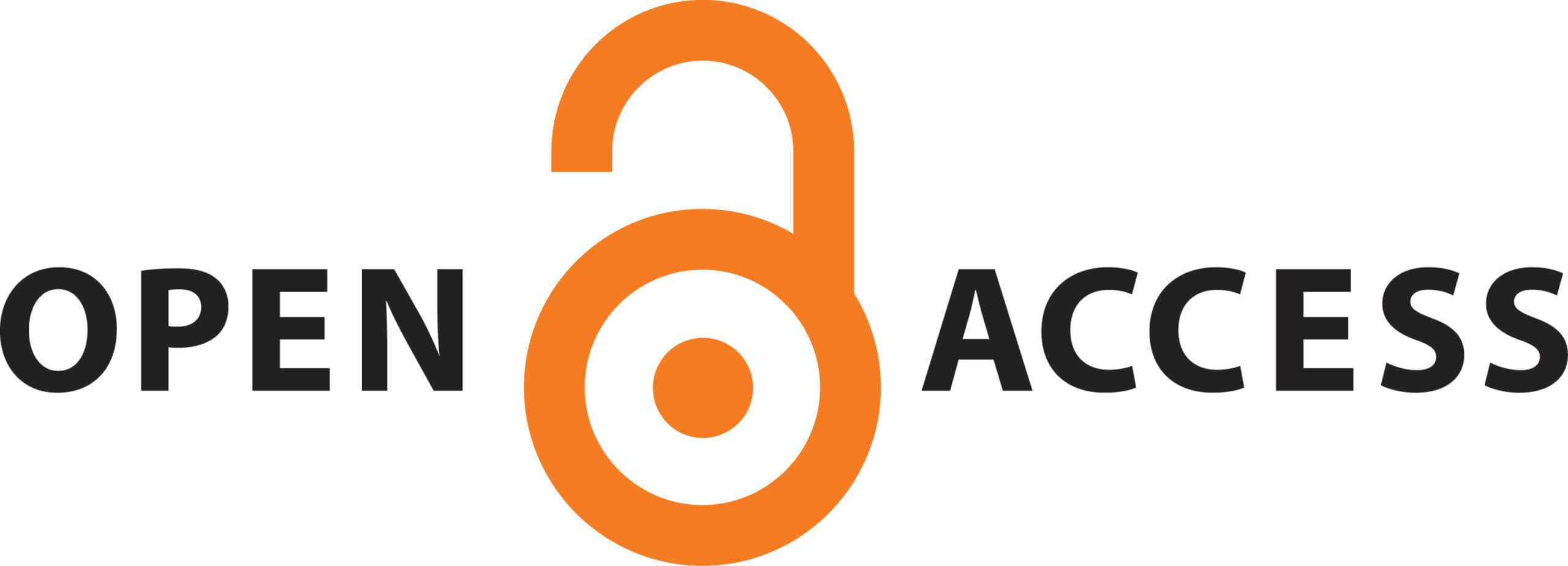Impact of 2008’s Financial Crisis on Islamic Banks of Pakistan
DOI:
https://doi.org/10.24312/ucp-jbp.01.02.237Keywords:
Financial crisis 2008, Islamic banks, Pakistan, Performance, Accounting ratiosAbstract
The comparison of financial performance of conventional and Islamic banks is a widely discussed topic after the development of the latter. The existing literature review suggests that Islamic banks usually outperform conventional banks even during crises (Azzam & Rettab, 2020), and this may imply that the global financial crisis of 2008 had little or no impact on the Islamic banks. This empirical study aims to test this narrative and compares ratios and stock prices of all full-fledged Islamic banks of Pakistan with an objective of analyzing the impact of crisis upon profitability, efficiency, risk management, asset quality, liquidity management and stock returns of IBs through trend analysis from 2005-2020. The data collected from bank’s annual financial statements provided by official websites is used to test the hypothesis that these ratios and stock prices remain unchanged during the crisis. Through the application of One Way ANOVA methodology, the study concludes that profitability, efficiency and returns remain unaffected by the crisis whereas banks suffer because of liquidity, asset quality, and risk management. The application of t-test on different sub-periods indicates that capital adequacy and write-off ratios of Islamic banks need improvement. The impact of COVID on the performance of Islamic banks is limited. The research work implies that the bank managers and policy makers should focus on capital adequacy and write-off ratios in making future decisions.
Downloads
Published
Issue
Section
License
Copyright (c) 2024 UCP Journal of Business Perspectives

This work is licensed under a Creative Commons Attribution-NonCommercial 4.0 International License.







